In the 1990s, as the web was just catching on in popular culture, phone and Internet companies had a head start getting their name on the Internet. Looking back at early versions of web sites of what are today’s most popular telephone providers, we can see that the graphics were more basic, and in many cases the mission of the web site itself was not as consumer-focused as it is today. Here, we look back at early versions of the biggest telephone providers web sites using Archive.org’s Wayback Machine.
1) AT&T – December 19, 1996
AT&T, the most familiar name in telephones, never had anything to prove with their first web site. Instead they focused on their community safety efforts and highlighted the historic work that had been done at AT&T Labs (known earlier as Bell Labs).
2) CenturyLink/CenturyTel – December 22, 1996
First known as Central Telephone and Electronics back in 1968, the company now known as CenturyLink has gone through several name changes over the years. In the late 1990s, Centurylink.com was owned by a completely unrelated travel company, and Century Telephone Enterprises, as it was then known, used the domain CenturyTel.com. In 2008, CenturyTel acquired Embarq Corporation, changed their name to CenturyLink, and started using CenturyLink.com.
3) Comcast – December 11, 1997
In 1997, Comcast was known more for its cable than its telephone service, and was just entering the “exciting world of online service.” Comcast was making inroads to cellular communications at the time, although today they offer VoIP, packaged as XFinity Voice. Comcast’s early web presence focused less on grabbing customers’ attention, and leaned more toward investor information and employment opportunities.
4) Cox – November 1, 1996
Before Cox offered telephone service, their web site still focused on what was then the cutting edge technology of the internet. They even advertised a course called the Multimedia Academy, which showed teachers and community leaders how to use computers, optical disks and the Internet as teaching tools.
5) Time Warner – May 9, 2004
The original TimeWarner.com belonged to Time Warner’s Tampa Bay, Florida region. In its earliest incarnation, TWC didn’t even offer cable modems, let alone VoIP. Time Warner Cable is a separate company from Warner Bros entertainment, although they were once one company. Intellectual properties, like calling their internet offerings Road Runner, are used under license.
6) Windstream – July 18, 2006
Windstream Corporation formed in 2006 through a spinoff of Alltel’s landline phone business and a merger with VALOR communications group. Windstream.com changed from a flight systems website to Windstream Communications. By then, websites had become more complex than they were a decade earlier, and Windstream offered phone service as part of its available packages.
7) XO Communications – July 30, 2004
XO Communications is another company that has gone through some name changes. In 1996, xo.com pointed to InterNex communication, later to be known as XO communication. The web site correctly predicted the growing need for bandwidth as audio, video and e-commerce grew in popularity, compared to email, which uses much less bandwidth.
8) Verizon/Bell Atlantic – December 12, 1998
Bell Atlantic, later to merge with GTE and become Verizon, provided phone service to New York and surrounding areas. Their web site had some sections that seem quaint now, like a guide to area codes, the Yellow Pages, a picture of a flip phone, and an assurance about Y2K.
10) Frontier Communications – November 7, 2009
Connecticut-based Frontier Communications took over AT&T landline telephone service and cable television in Connecticut in December of 2013. This adds just one more area of coverage, since Frontier serves 3.1 million customers in 27 states. In 1995, Frontier.com was home to Frontier Software Development, a leader in network management products that later changed their name to NetScout. It wasn’t until 1999 that Frontier Communications made Frontier.com its home.
11) Charter Communication – June 8, 2003
Charter.com was once home to BISYS Networking Solutions, formerly Charter Systems. In 2002, Charter Communications made Charter.com its home page. By this time, Charter Communications used their web site as a business-to-consumer site, advertising their Internet and cable, though they didn’t offer phone service at first.
12) Fairpoint – October 11, 1999
In 1999, Fairpoint Communications was already in the business of local and long distance telephone, as well as Internet.
One of the things you may notice is that in the course of twenty years, many of these companies, merge, spin off, and change their name. These companies change their web sites as well. If you compare web sites over the course of certain years, you can notice the look and feel of websites evolve, from mostly text-based with a few graphics, to more animation and large graphics. Even the color palettes shift from dark colors to light colors. It’s almost a little difficult to believe that twenty years ago, we had to get a phone from a phone company, and cable from a cable company, rather than today’s VoIP and digital TV, respectively. Phone companies and cable companies today all want to be synonymous with home service.





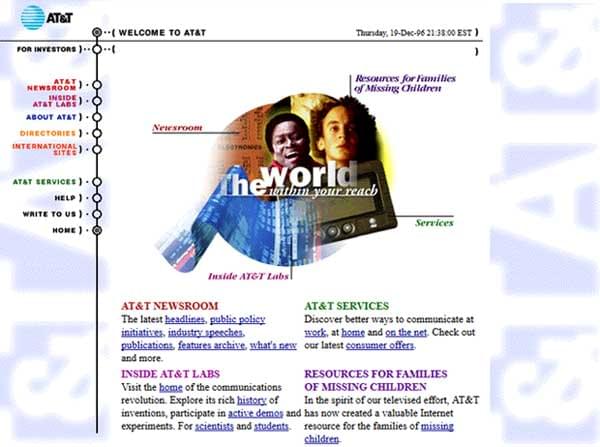
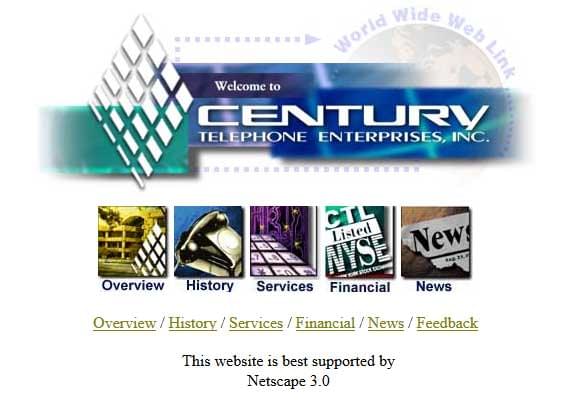
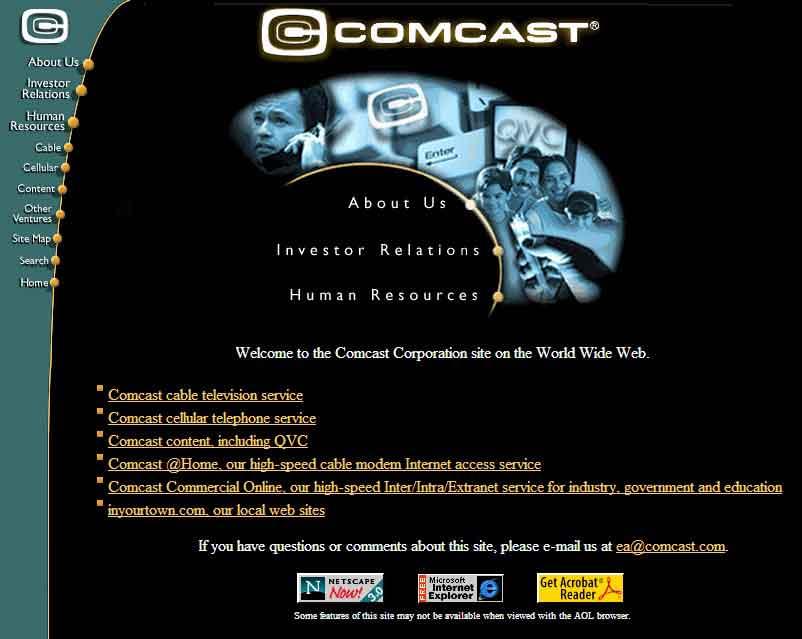
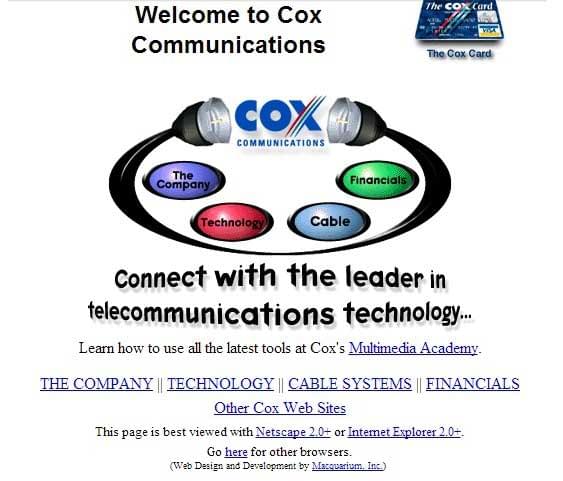
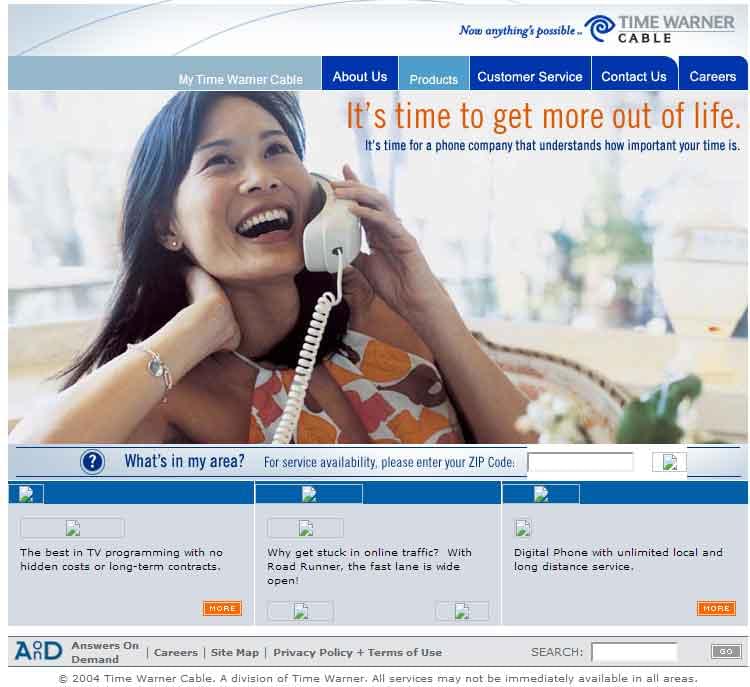
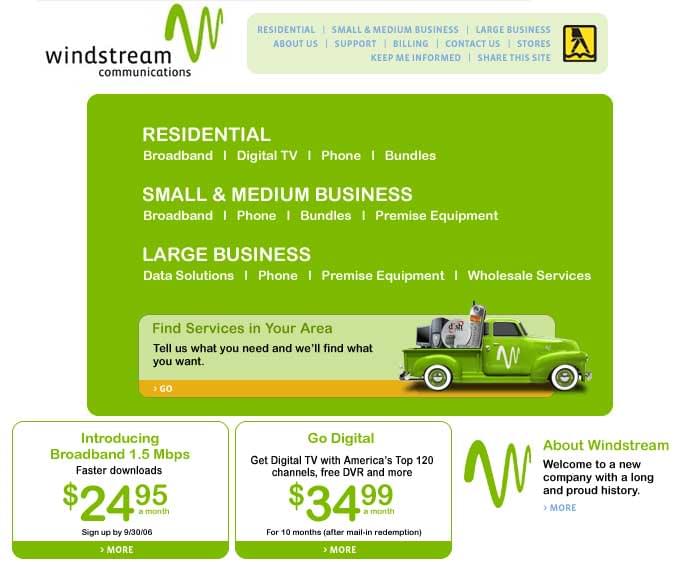
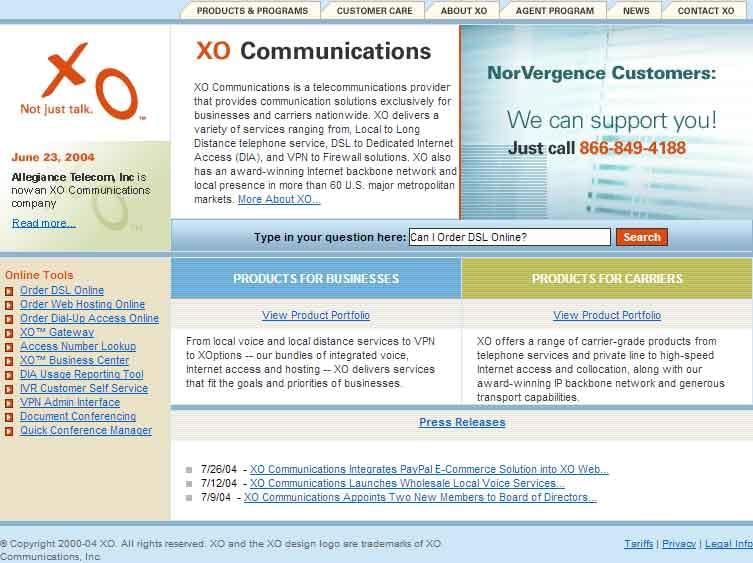
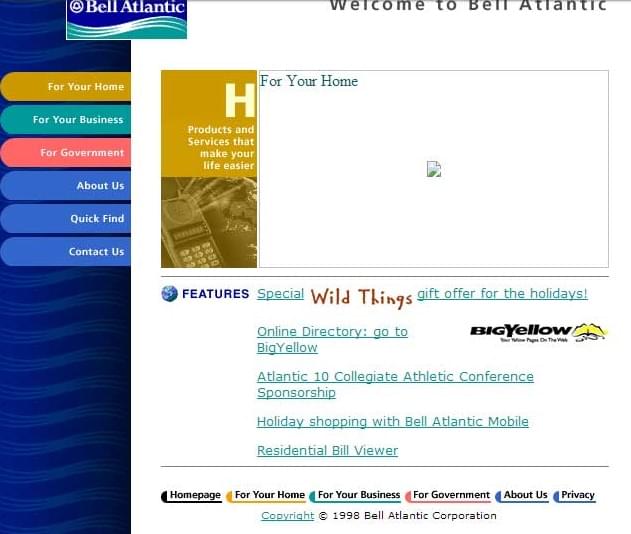
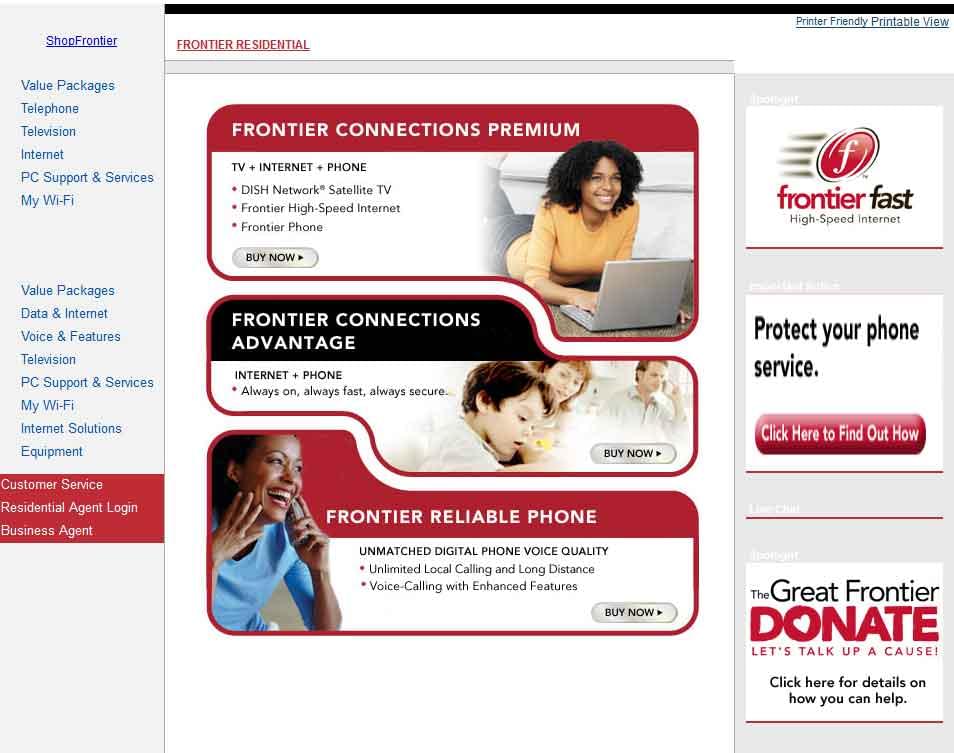
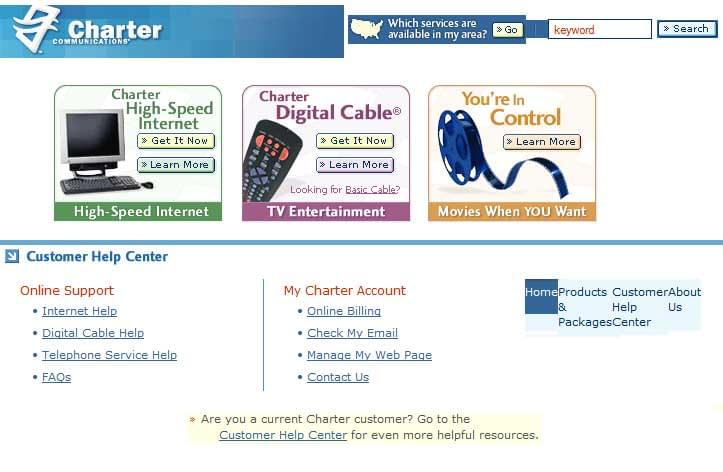
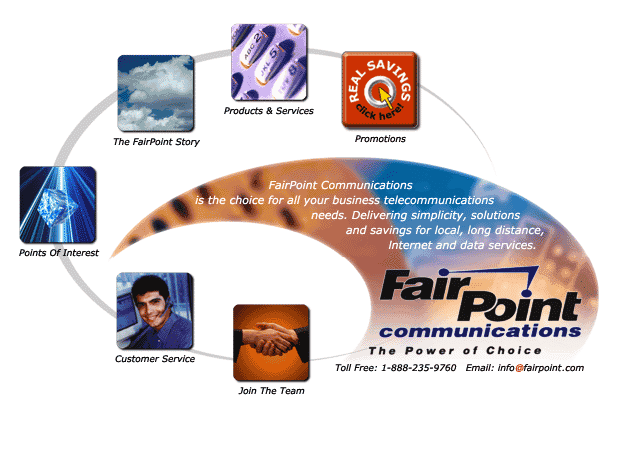
![What is Omnichannel Customer Service? [Benefits & Tips] What is Omnichannel Customer Service? [Benefits & Tips]](images/omni-channel-explained-350x203.png)

